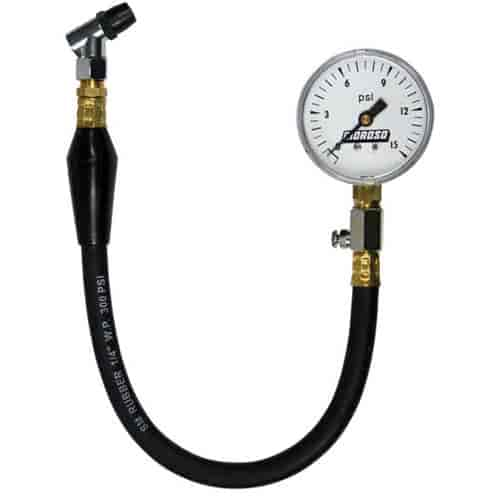I think the method jimmy101 has described is known as "chamber fueling" and is usually recommended for higher mixes. That's because the error in a normal analog gauge for a 1X or 2X mix could be all of the fuel. By using a meter, you measure a much higher value with the gauge, and measurement error becomes less significant.
Simply put, to get absolute pressure from gauge pressure it's a simple addition of your local pressure, which is normally 14.7psi, but if you want to be really accurate, you can check the weather and use the actual atmospheric pressure value. Instead of working around with the funky 14.7, I'd just crank everything through in atmospheres, then convert to whatever you're measuring in later. A 1X mix is just the air in the chamber and 0.042atm propane, and an
online calculator will tell you that's .62psi, try reading that on an analog gauge.
jimmy101 wrote:BTW, if you do find an accurate pressure gauge that reads down in the vicinity of a couple PSIG, and you leave it connected to the chamber when you fire the gun, your expensive pressure gauge will probably be converted into a single use instrument.
I purchased a digital 0-300 psi gauge, reads to a tenth of a psi. Error is 2%

Simply placing a ball valve between the gauge and the chamber will prevent most damage, unless you're SB15. But even so, just because it's only supposed to be used to a certain pressure, the way digital gauges work it can probably handle far past there, and will actually shut itself off if you go much past the intended operating range.
In addition, if you do the "air-through-meter" fueling setup now advocated by the site's hybrid enthusiasts, you don't have to worry about any fuel left in the meter. You add the fuel first, then leave the meter open to the chamber and add the air or oxygen as if you're chamber-fueling.











